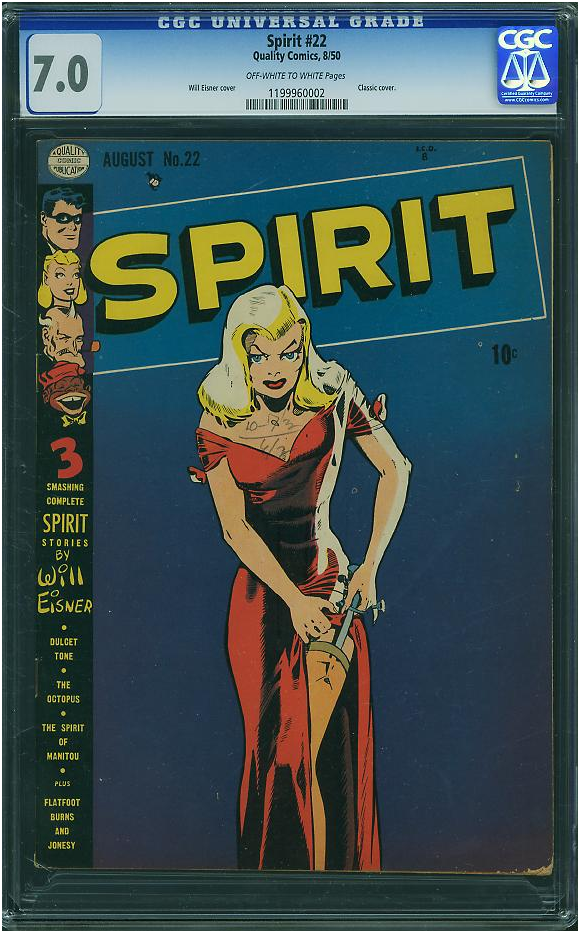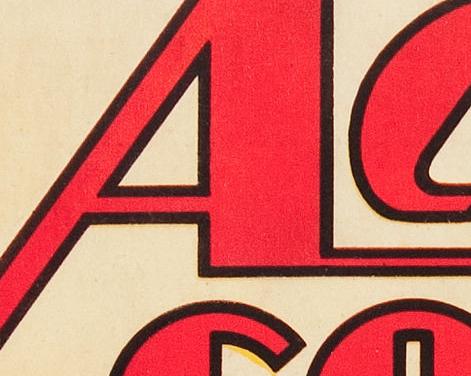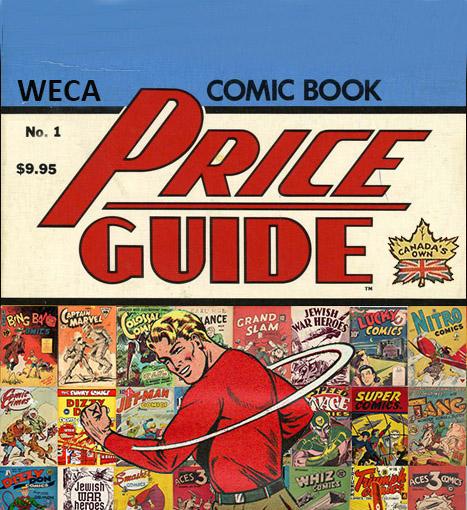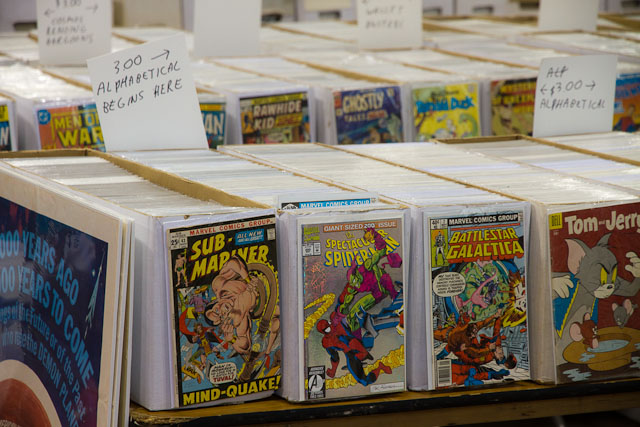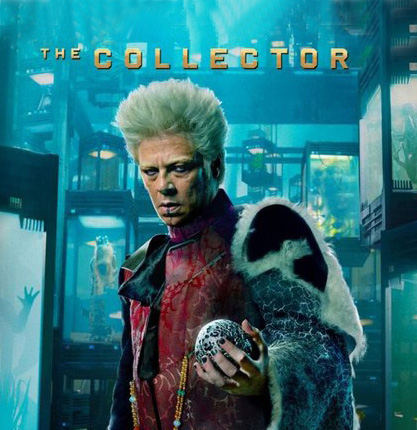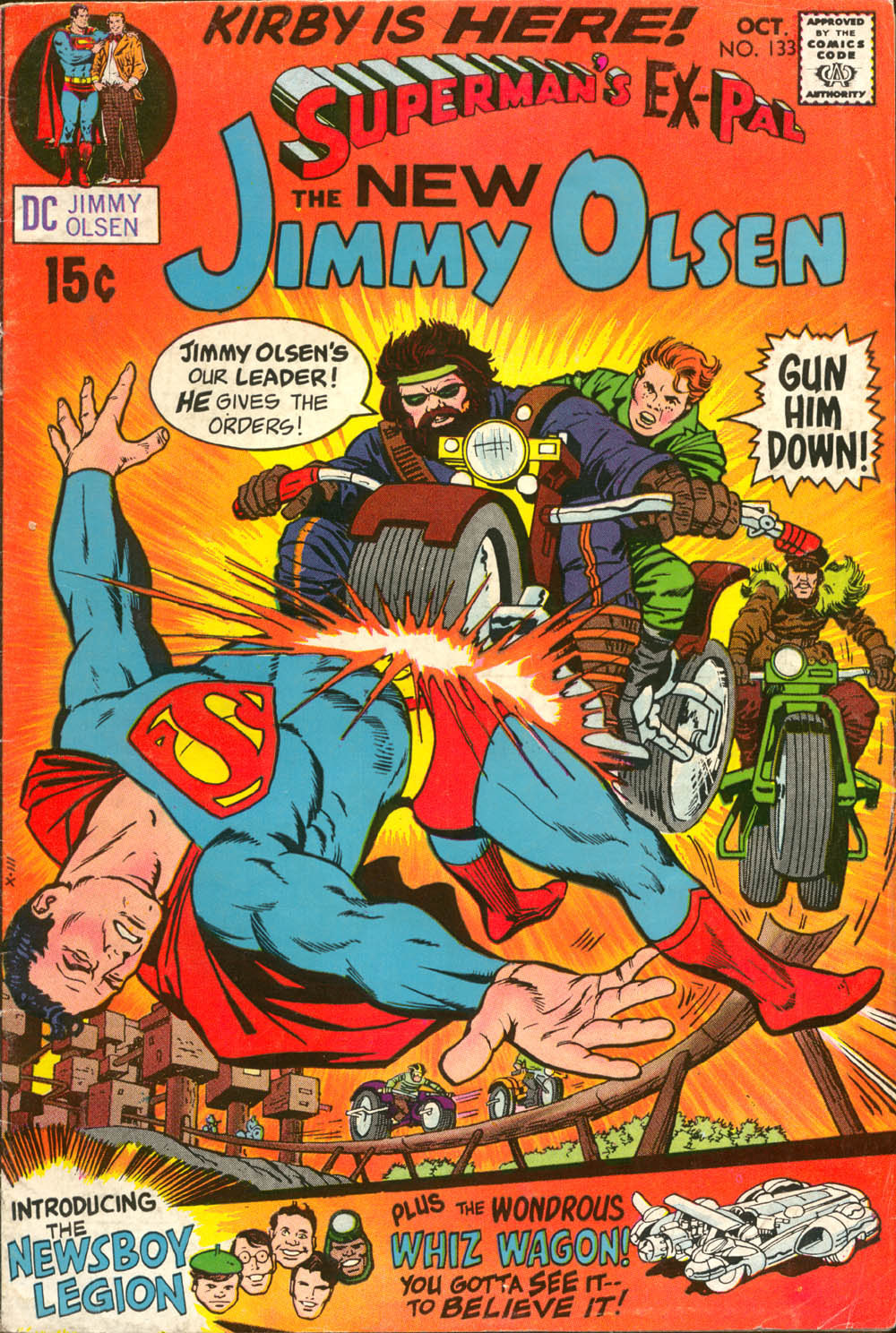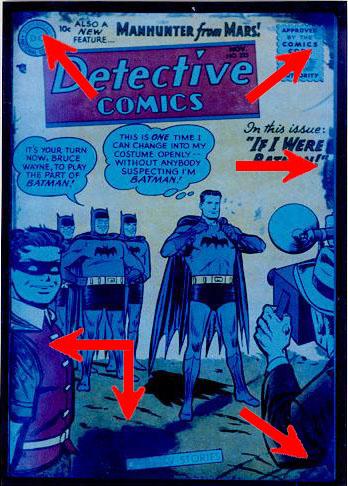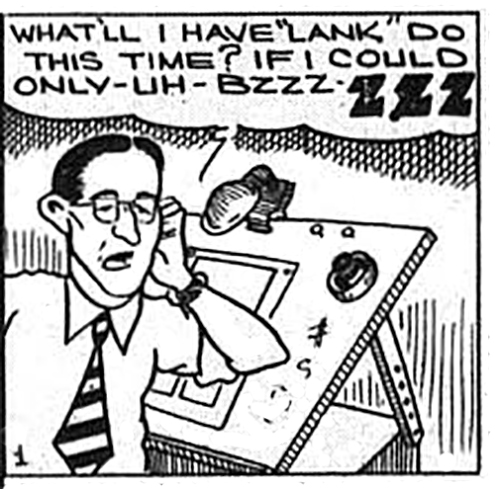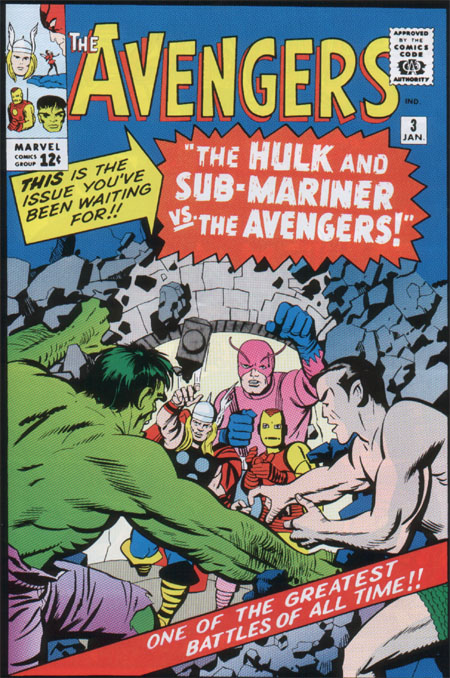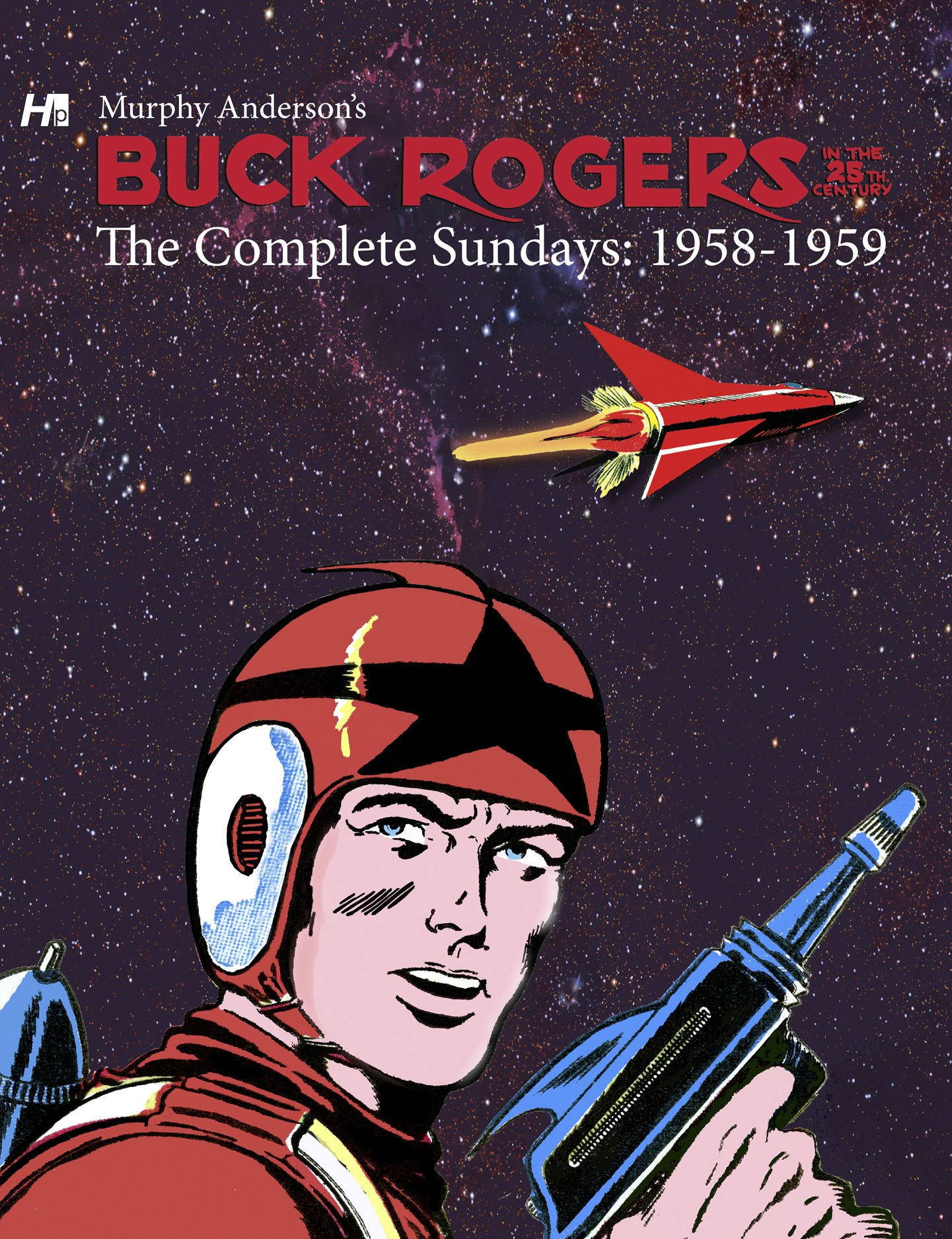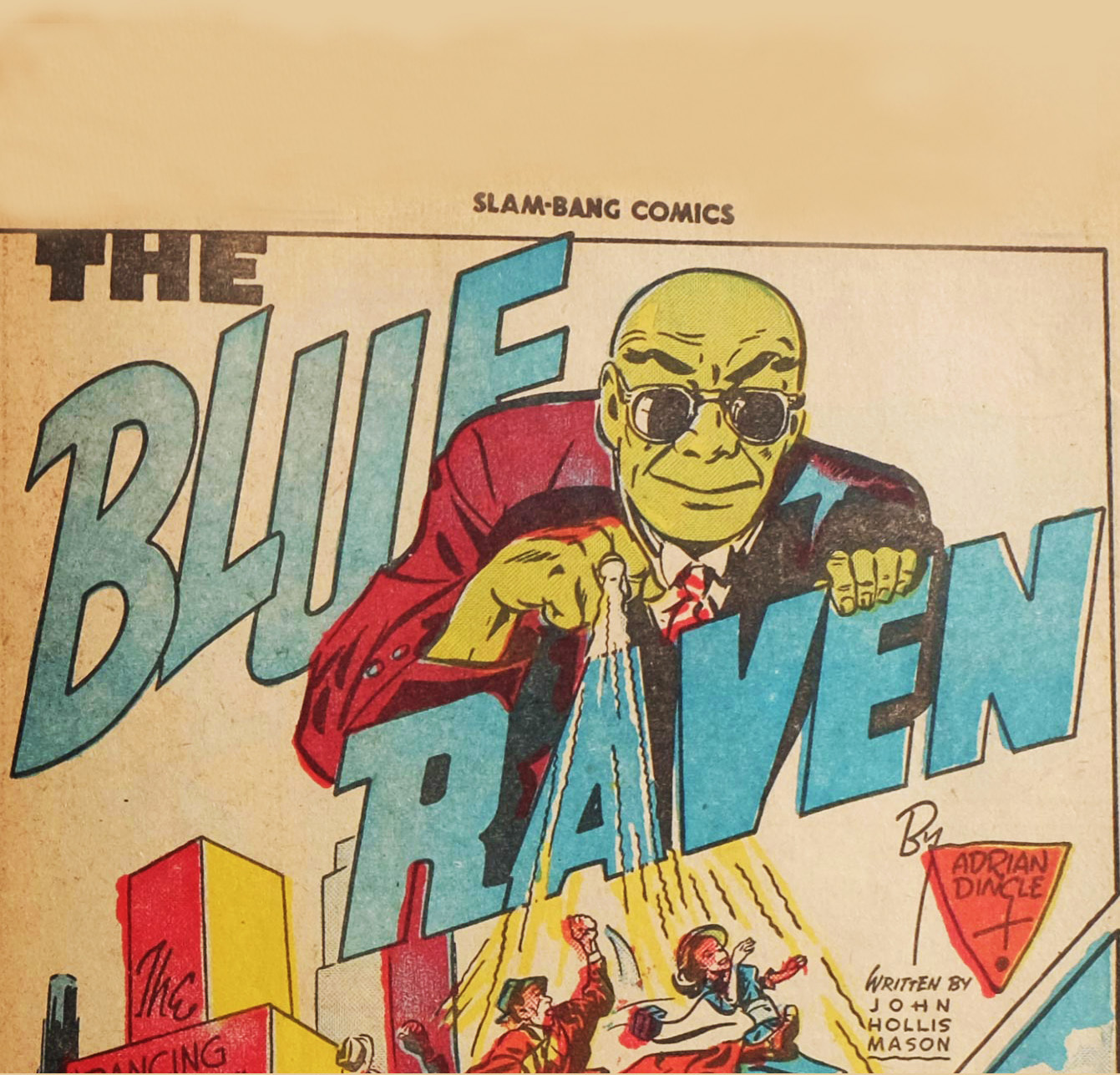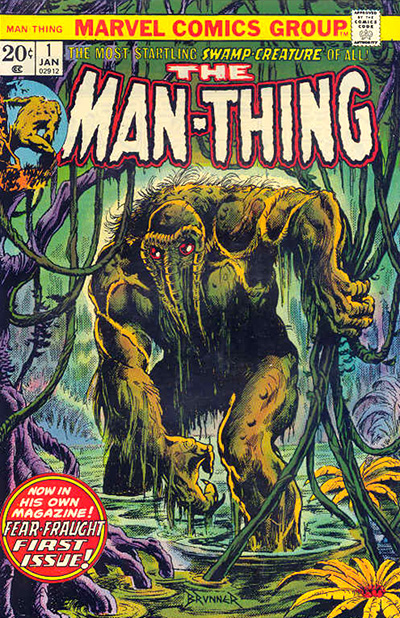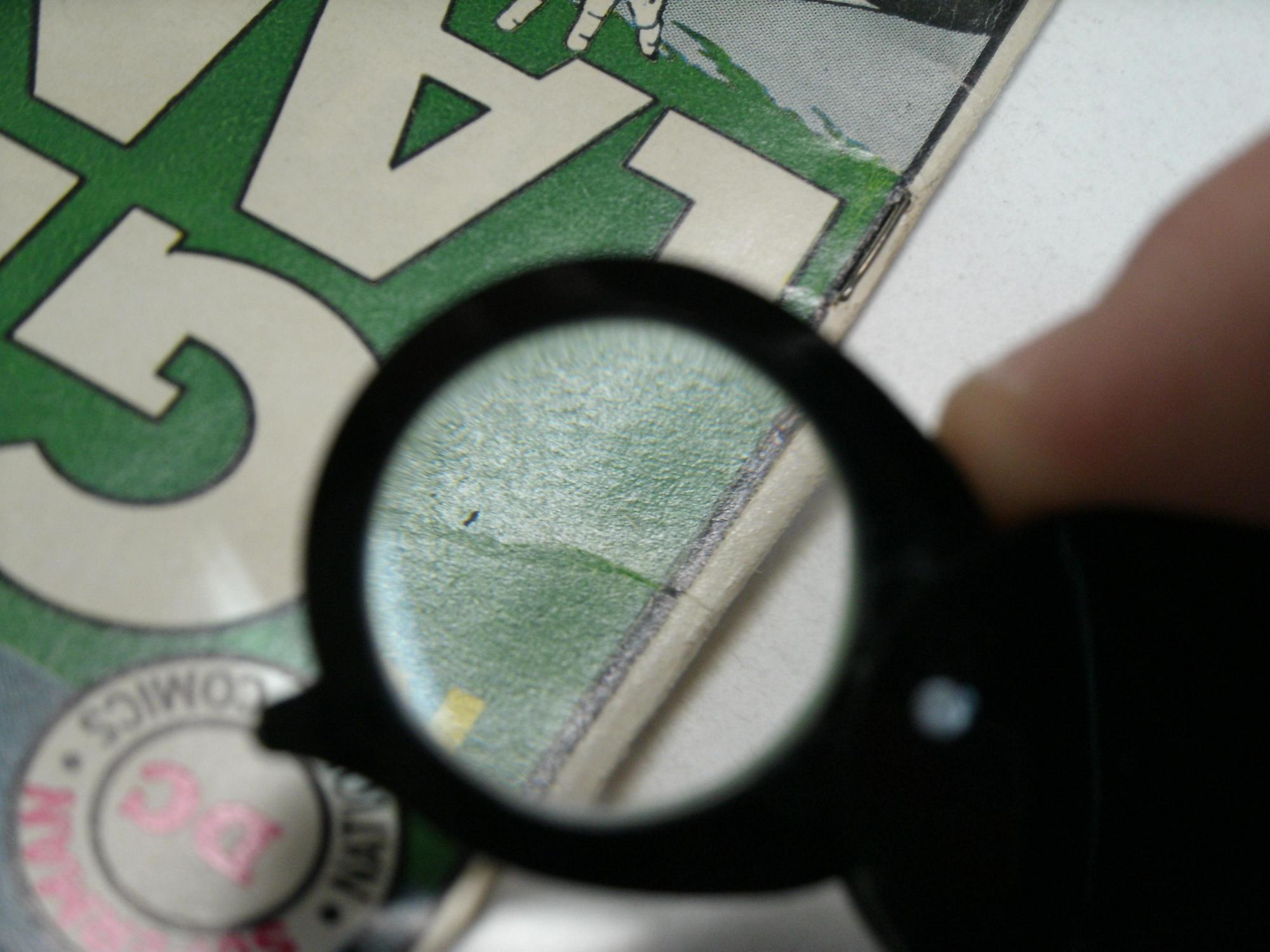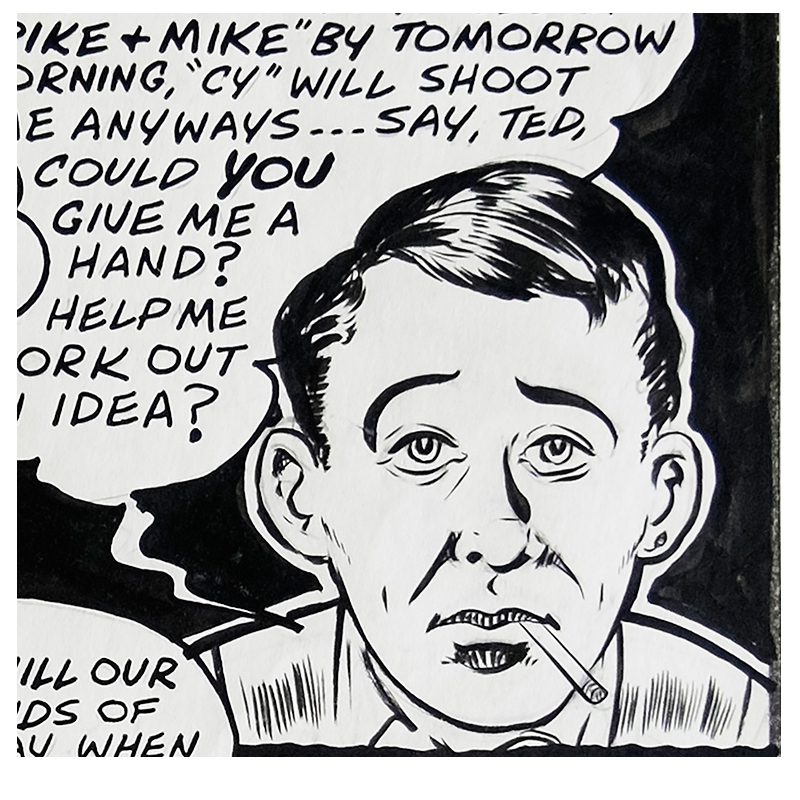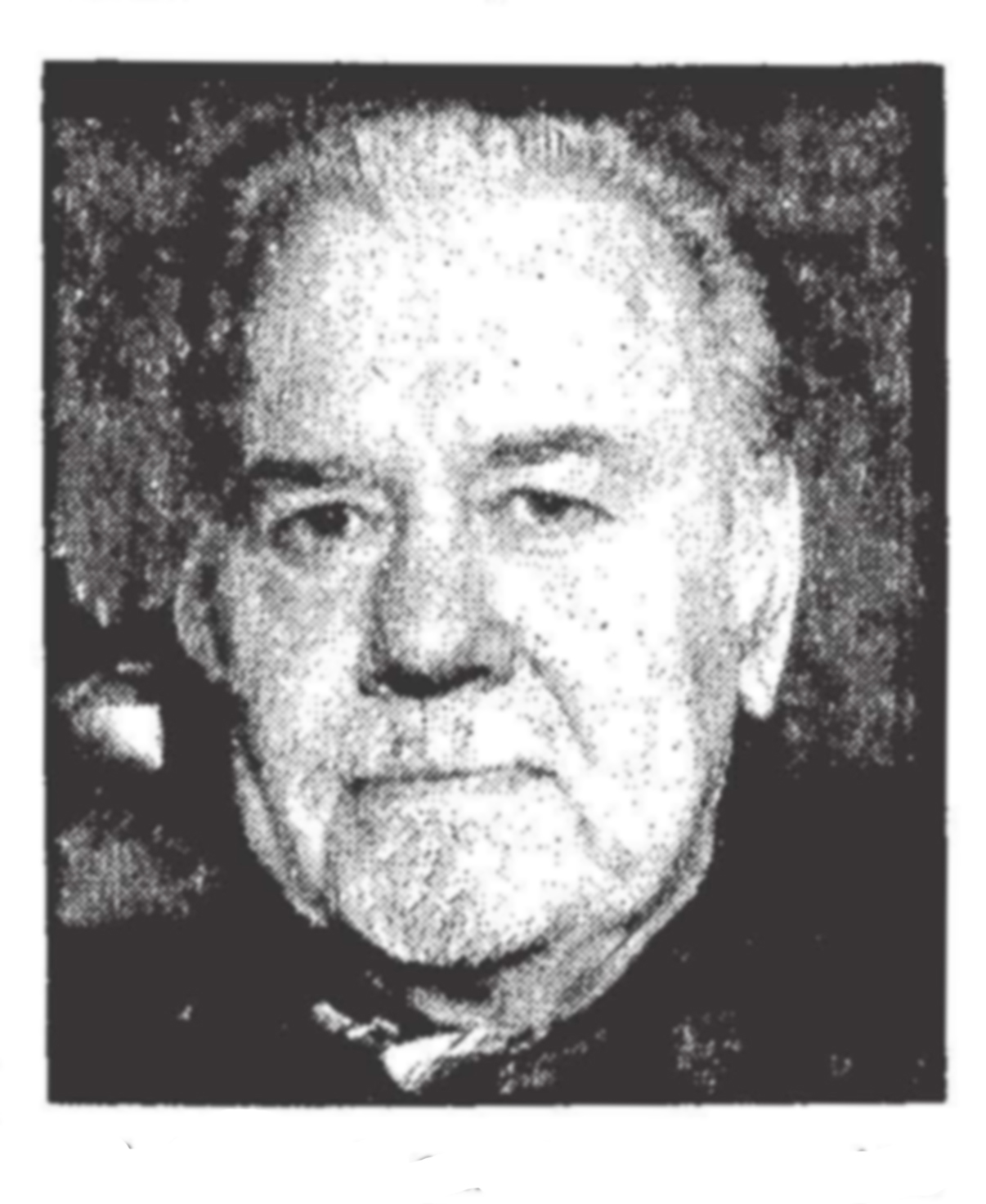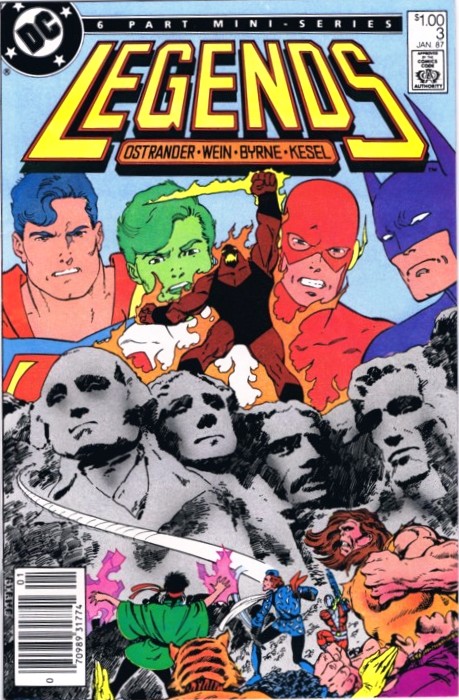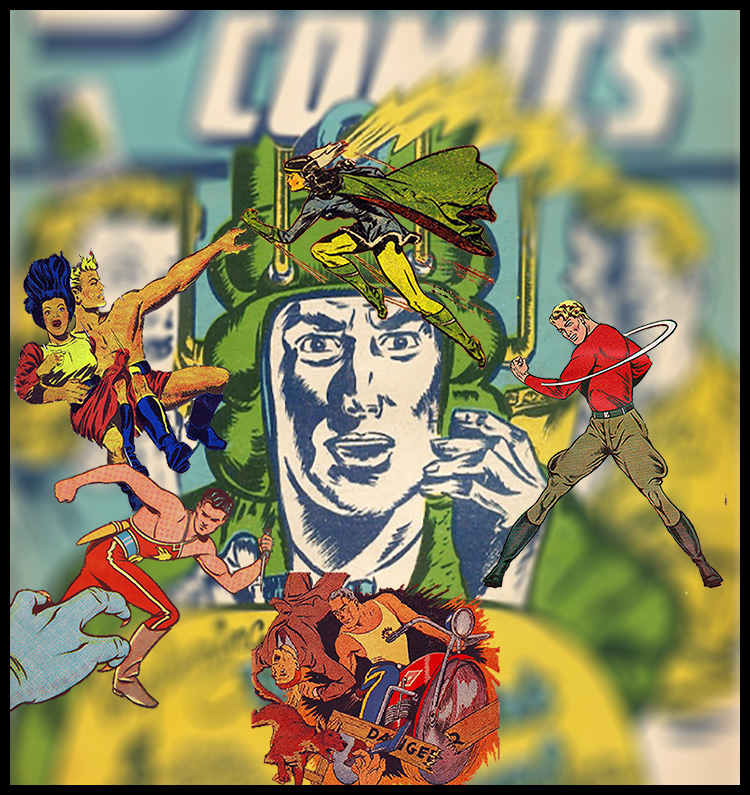As a collector of various things for more than 50 years and, specifically, as a collector of Canadian war-time comics for the last two years or so, I have had pause to step outside myself and take an up high and a little to the side look at myself and this activity, pastime, or, some (specifically wives) would say, a kind of pathology, that has echoed in us down through history. With Fan Expo looming, in this column I want to examine what has put the wind in my collecting sails over this past half century and hope that it makes some sense at one point or another.
